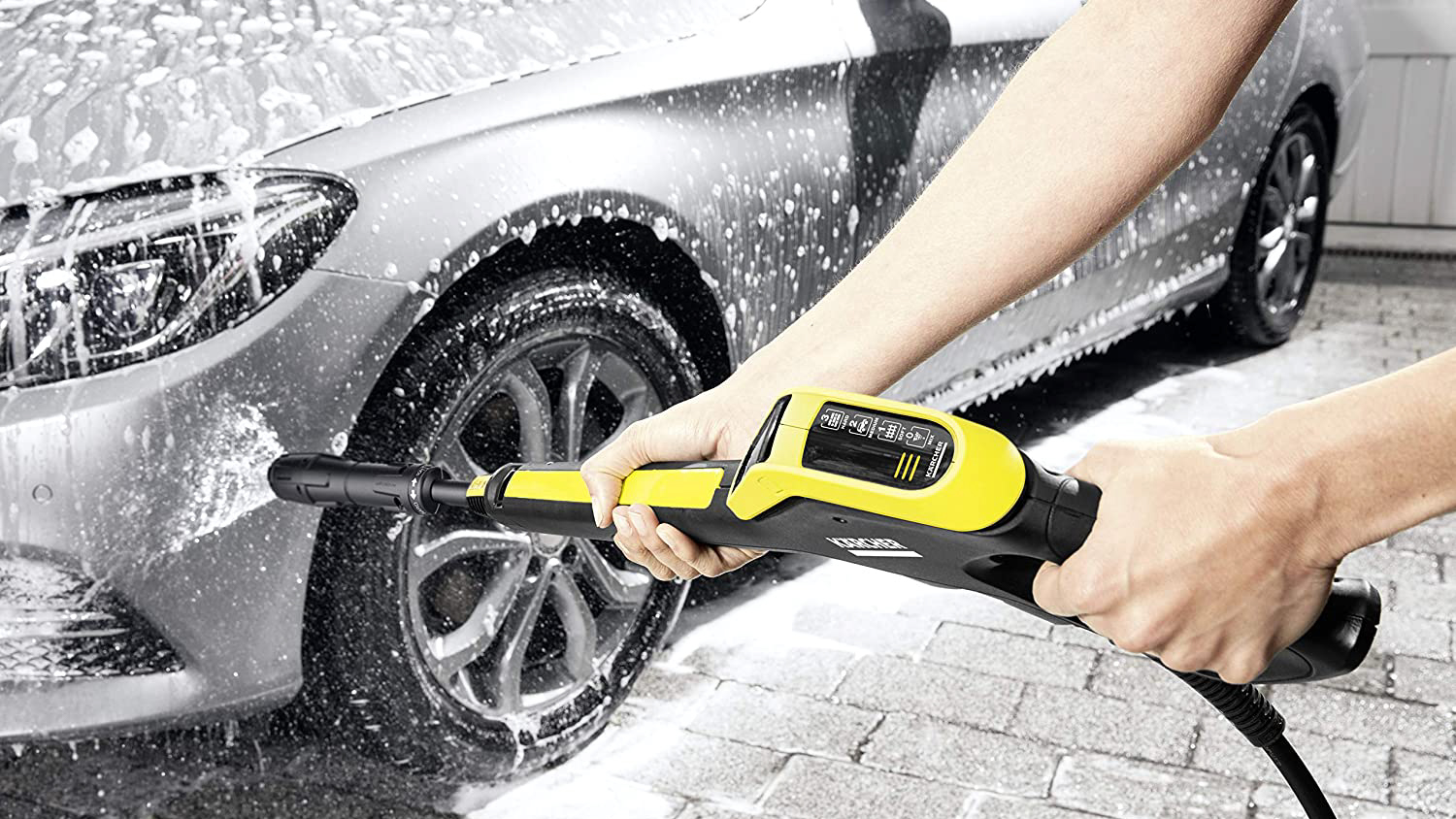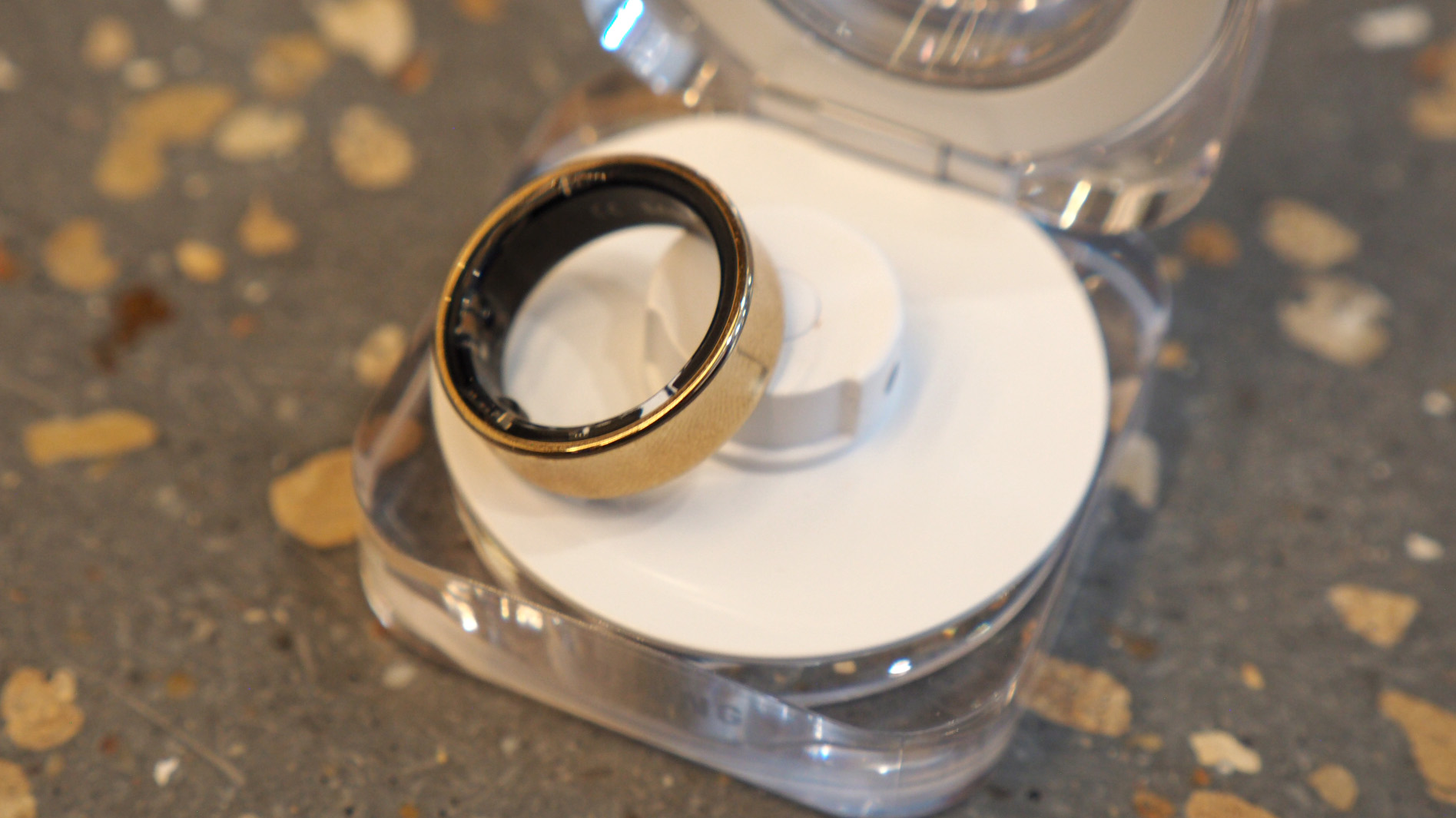

A pressure washer is a great way to step up your car cleaning game, and makes the whole process much quicker and easier. But with great power comes great responsibility, and it’s important to use the pressure washer correctly to avoid damaging your car.
As well as cleaning far more thoroughly (and quickly) than a bucket and sponge, pressure washers can be loaded up with snow foam, or any other kind of washing liquid, to give your car a professional clean
- Best pressure washer: clean everything from patios to cars
- Best car cleaning products: from waxes and shampoos to pressure washers
- Best car polish and car wax: refresh and protect tired paintwork
Most pressure washers need plugging into a wall outlet for power, then can either get their water from a tap or a bucket. Others are battery operated, so can be used without being close to the home – perfect for those who don’t have off-street parking.
Before you get started, here are some top tips for getting the most out of your pressure washer, and using it without damaging your car.
Rinse before you wash
The first job is to rinse your car to remove the top layer of dirt and grime. Adjust your pressure washer so the spray exiting the nozzle is approximately 7cm wide; any narrower, and the water will be at a higher pressure that could cause damage to the paintwork of your car. If your pressure washer doesn’t have an adjustable nozzle, stand further back from the car to reduce the impact pressure of the water.
You should also use a less powerful setting when spraying the windows, lights and other fragile parts of the car. Be careful not to aim the pressure washer at the ground, as this could cause stones and other dirt to flick up and damage your car. Start at the roof and work your way down, finishing with the wheels, which tend to be the dirtiest parts.
The aim here is to remove as much dirt and dust as possible, so the car is ready for its shampoo or snow foam treatment.
Sign up to the T3 newsletter for smarter living straight to your inbox
Get all the latest news, reviews, deals and buying guides on gorgeous tech, home and active products from the T3 experts
Apple shampoo or snow foam
For this step you should follow the instructions on the bottle of your chosen shampoo or snow foam. You should set your nozzle to its widest setting for this stage, so that the detergent is sprayed on nicely and slowly; you’re not trying to blast snow foam into any nook ans cranny of the car. Instead it should be gently coated, starting at the roof then working down, and left for a few minutes to work its magic. Again, you should follow the instructions here but be careful not to leave the shampoo or snow foam for too long. It breaks up and lifts dirt from the surface, but if left too long can dry out and be more difficult to remove. Similarly, try not to wash your car in direct sunlight, or the shampoo will dry and need scrubbing off.
After the snow roam has done its job (or if you aren’t using snow foam), use an attachable car brush to rub at the paintwork and loosen stubborn dirt and grease. Ideally you should use a separate brush for the wheels, as these will be much dirtier. If you only have one brush, be sure to wash the wheels and wheel arches last. As before, start with the roof and work your way down.
As important as removing dirt from your car is ensuring you don’t reintroduce any with the brush. Never put the brush on the ground and if you are using a bucket then make sure to fit it with a grit guard. The key is to avoid getting any grit onto the brush that could be rubbed against the paint, causing scratches. Rinse the brush thoroughly after every use.
Rinse the car clean with your pressure washer
Now it’s time to increase the pressure again (to create a spray around 7cm wide) but be careful not to use full power, and turn it down for the windows and lights. Starting at the roof again, use the pressure washer to remove all evidence of shampoo and any dirt that has somehow stuck around until now.
Leave the wheels until last and remember not to aim the water into panel gaps for too long. You should also avoid using the pressure washer on the engine bay, and be careful around the roof of a convertible, especially with older vehicles.
Dry with a towel
Finally, and a step that is often overlooked, it's time to dry your car. This may seem unnecessary, but wiping a thick, high-quality microfibre towel over the bodywork prevents water from drying on the paintwork and creating stains.
Simply wipe the towel over each body panel to remove water; there's no need to apply much pressure. Or you could use a chamois leather cloth, which works best when made slightly damp before being pulled across the body of your car.
Liked this?
- Best car vacuum: keep your car crumb-free and immaculate
- Everything you need to clean a car: 11 car cleaning products you need
Alistair is a freelance automotive and technology journalist. He has bylines on esteemed sites such as the BBC, Forbes, TechRadar, and of best of all, T3, where he covers topics ranging from classic cars and men's lifestyle, to smart home technology, phones, electric cars, autonomy, Swiss watches, and much more besides. He is an experienced journalist, writing news, features, interviews and product reviews. If that didn't make him busy enough, he is also the co-host of the AutoChat podcast.
-
 In the future, you might never have to take off your Galaxy Ring to charge it
In the future, you might never have to take off your Galaxy Ring to charge itA newly uncovered patent reveals Samsung is working on a wearable charger for its Galaxy Ring, and it makes a lot of sense
By Matt Kollat
-
 Google just added a new Gemini video creation tool I never knew I needed
Google just added a new Gemini video creation tool I never knew I neededGemini Advanced just added Veo 2 video generation
By Mike Lowe